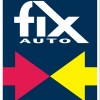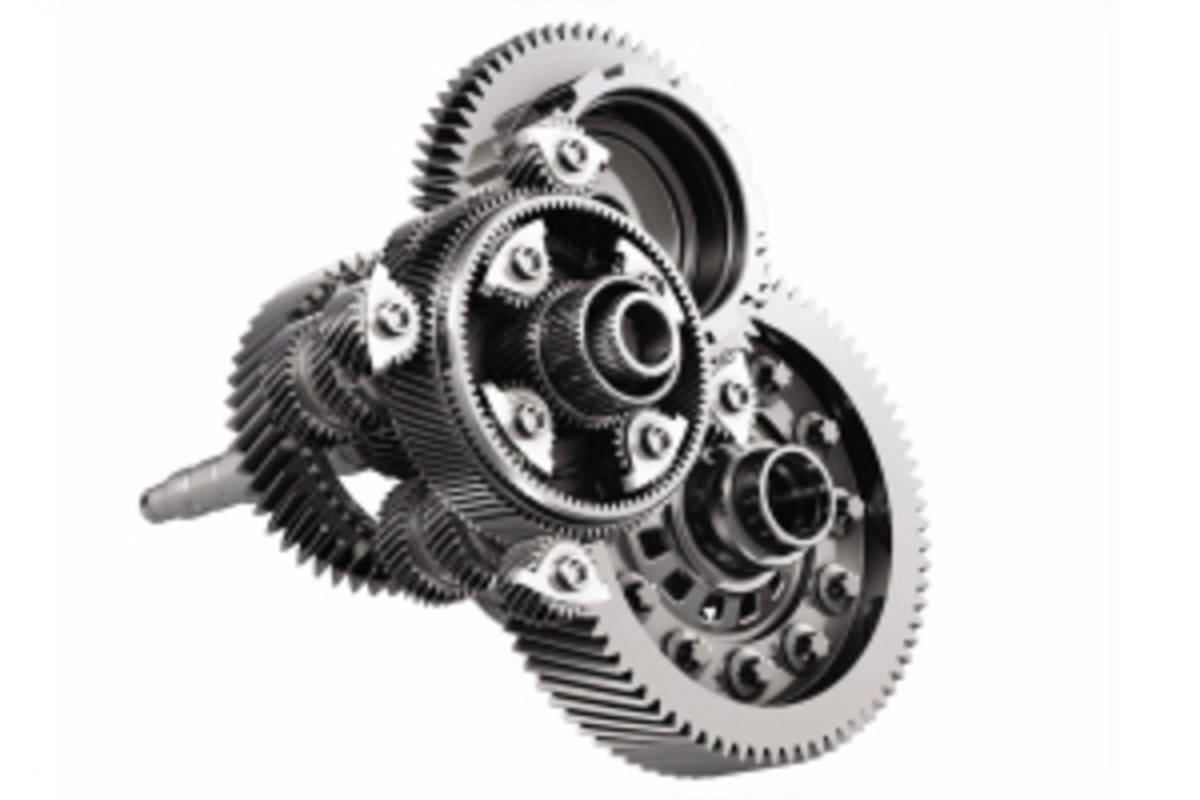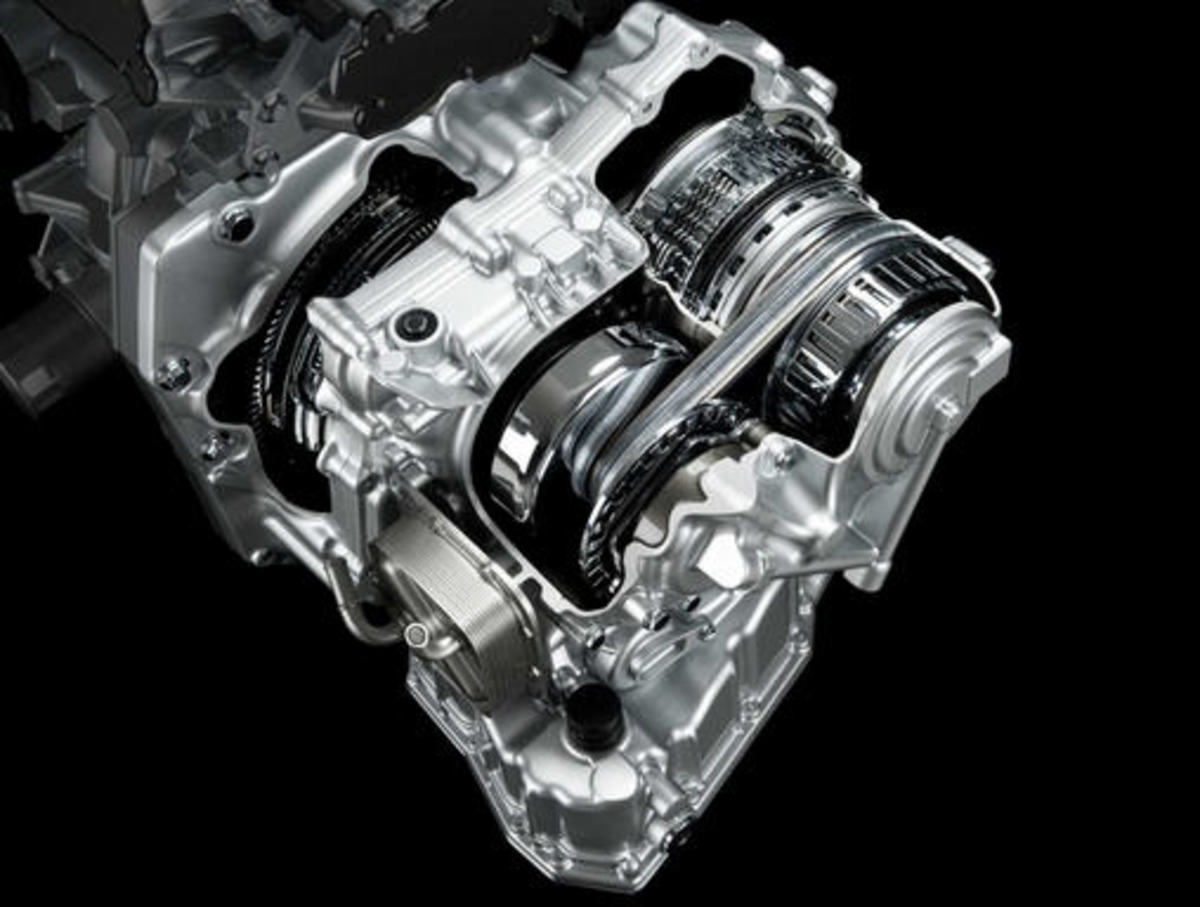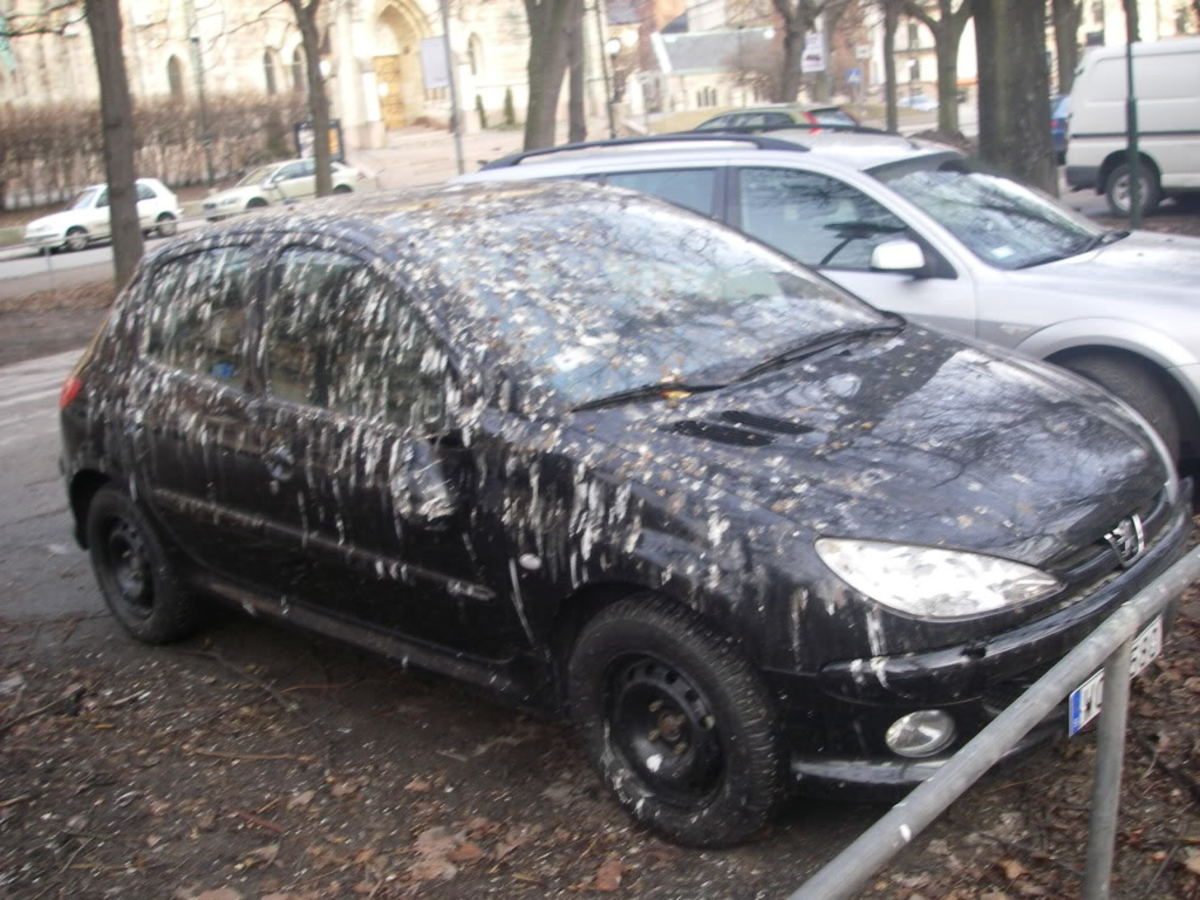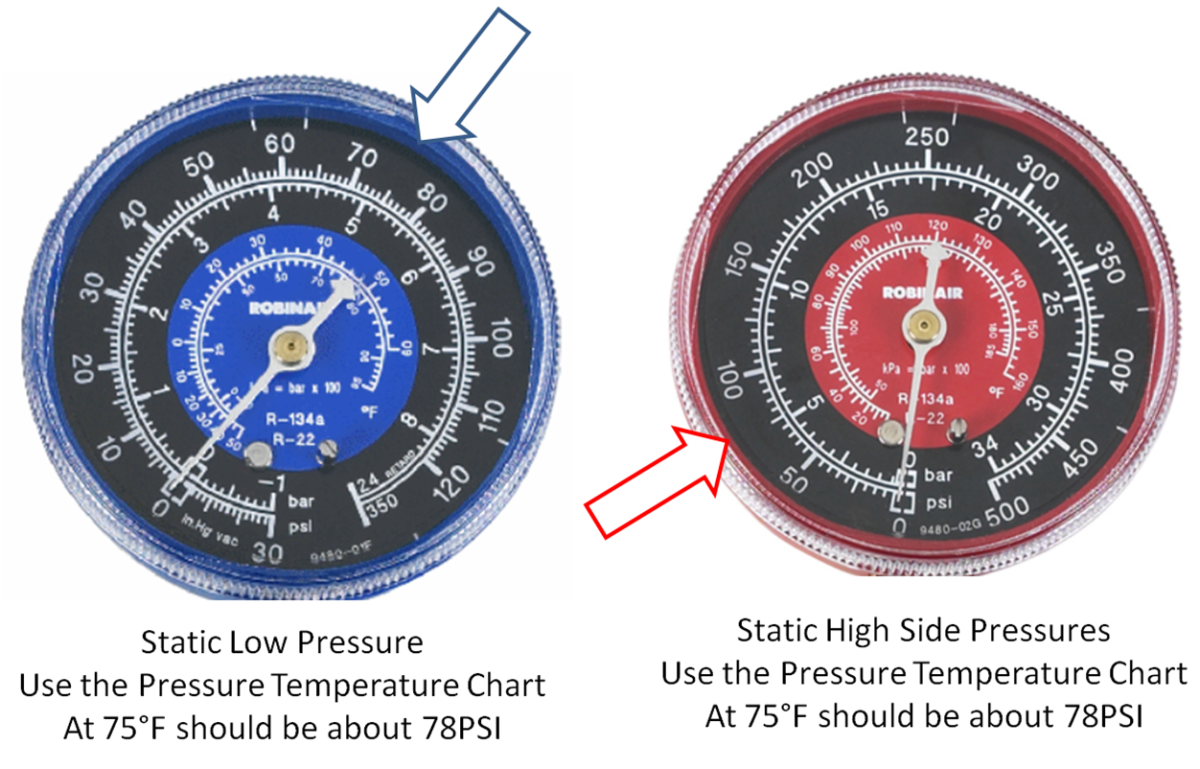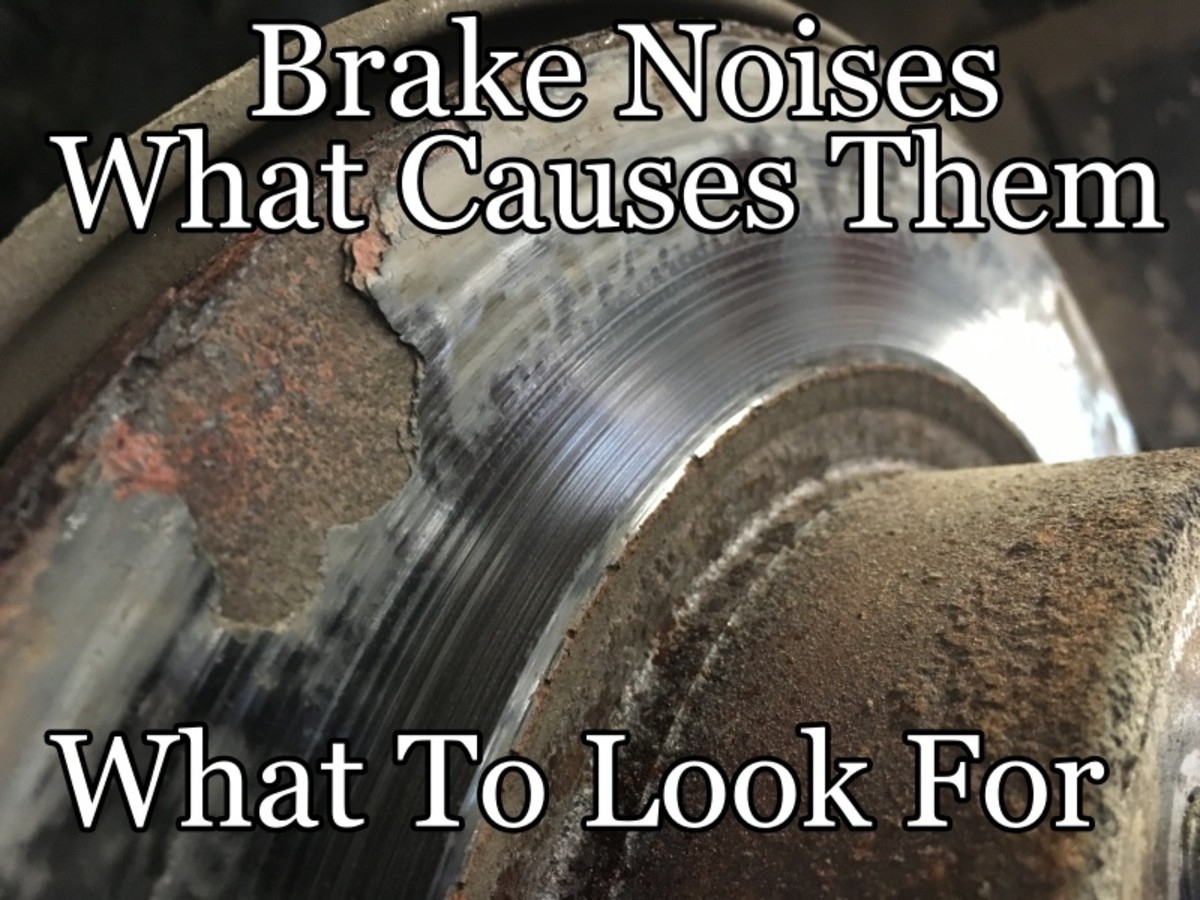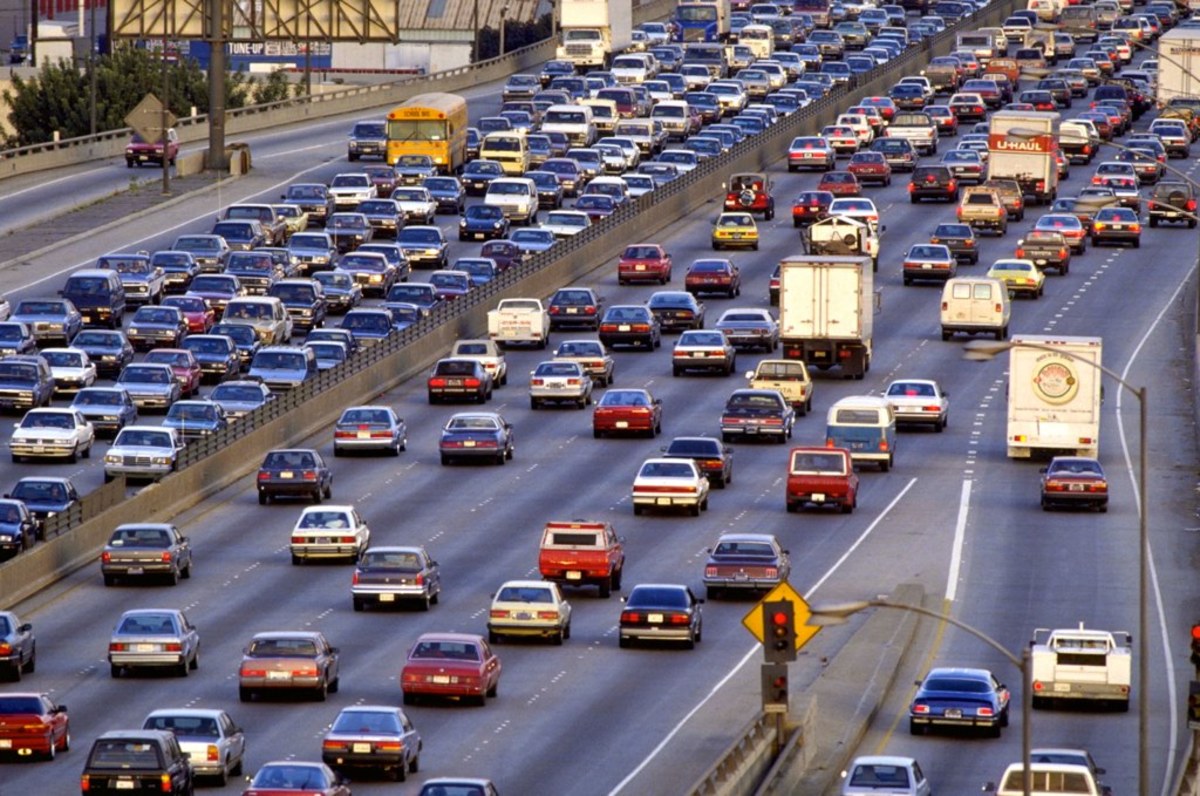What is Car Paint Oxidation?
Oxidation is defined as “a chemical reaction that involves the moving of electrons.” When a substance gives away electrons, it is considered to be oxidized. Oxidized car paint results from exposure to the elements over a long period of time, especially the harsh ultraviolet rays of the sun. Acids from other substances that can land on a car’s surface, such as small fruit, tree sap, insects, and leaves, also contribute to the oxidation process, and are a leading cause of oxidation on the hood and roof of a car.
Oxidation occurs when heat and oxygen combine to break down the molecular structure of the paint. The paint gives off electrons during the breakdown process, causing the surface layer of paint to lose its depth, shine, and color. As time goes by, the underlying layers will also be oxidized, thereby exposing the bare metal of the car to the elements. At that point, the metal begins to rust due to the oxidation process, thereby increasing the severity of the problem.
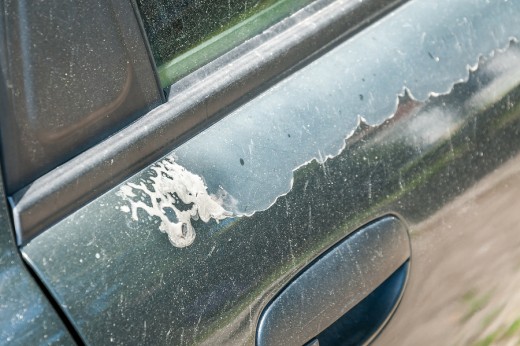
The Problems with Car Paint Oxidation
Untreated oxidation on car paint can lead to four distinct problems.
1. Unattractive surface blemishes.
First and foremost, oxidation degrades the appearance of your car’s surface by causing unsightly splotches that look like someone poured acid or some other corrosive material on your car. Oxidized paint looks old, faded, and drab, and often erodes the paint down the actual metal of the car. Oxidation can also cause bubbles in the paint, brown spots on the fenders and, if left untreated, eventually rust.
2. Structural weakness.
The early stages of car paint oxidation – fading paint color, unattractive splotches – are primarily a cosmetic issue. Once rust begins to occur, the problem becomes more serious as it can compromise the structural integrity of the car. Today’s cars are structurally designed to provide maximum protection during a collision. Rust spots can weaken a car’s ability to absorb the impact, putting you and your passengers at greater risk during a car accident. Oxidation can also cause holes and weak spots that allow outside elements to seep into your car, damaging the interior as well. A common example is oxidized paint on the roof allowing rain to drip into the passenger compartment.
3. Paint repairs.
If caught in the early stages, repairing oxidation on car paint doesn’t have to be a complex process. However, the longer you wait to address the problem, the more the paint will need to be repaired. In the meantime, you’re driving around in a car that doesn’t look its best – and the problem will only continue to get worseAny oxidation repairs that involve rust and potential structural damage should always be left to the pros.
4. Lower value.
When selling a car, the surface appearance has a big impact on the price. Even if the rest of the car is in good shape, people will assign less value to a car with obvious paint oxidation. If you intend to sell your car, whether as a trade-in to a dealer or to a private party, don’t expect to get full value unless you repair the paint oxidation.
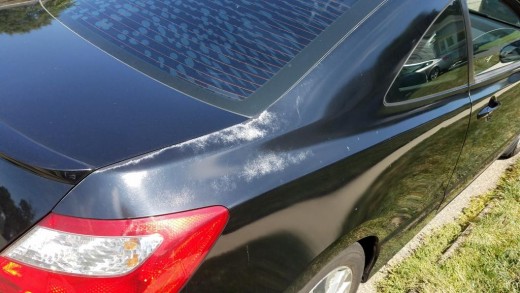
Preventing Oxidized Car Paint
In most cases, car paint oxidation can be prevented with some basic care and maintenance. The key is to perform the paint maintenance on a regular basis so that weak spots don’t develop. Washing your car every six months or waxing it only once a year won’t cut it, especially if you live in hot, dry climates where the sun beats down relentlessly on your car’s paint.
To really protect your paint, have the pros detail your car using a process called “clay bar treatment,” which involves using a clay bar (natural or synthetic) to remove containments and pollutants from the surface of your car. These containments include rail dust, brake dust, and industrial fallout, and can penetrate through paint, glass, and metal – even if you wash and polish your car on a regular basis.
A waterless car wash can also be effective in removing tiny particles than can cause car paint oxidation. This process uses a chemical spray to remove dirt and dust from the car’s surface. The mechanism is the same as how water removes dirt, but the chemicals do a better job of removing tiny particles that abrade the paint. Waterless carwashes also save a lot of water, however they should only be used to remove light dirt from the car’s surface.
Car paint sealants and ceramic coatings offer a stronger layer of protection, but these will also wear off over time and will need to be reapplied. The best long-term solution requires a complete polishing to remove any form of oxidation and then applying a new clear coat to protect the layers of paint underneath.
Regular washing and waxing will prevent oxidation up to a certain point. As your car gets older, consider professional detailing to provide a higher level of protection against oxidation. If you notice any signs of rust, don’t delay in getting them fixed. You’ll have a safer, more attractive car, and it will yield a higher value when it’s time to trade it in for a new one.
